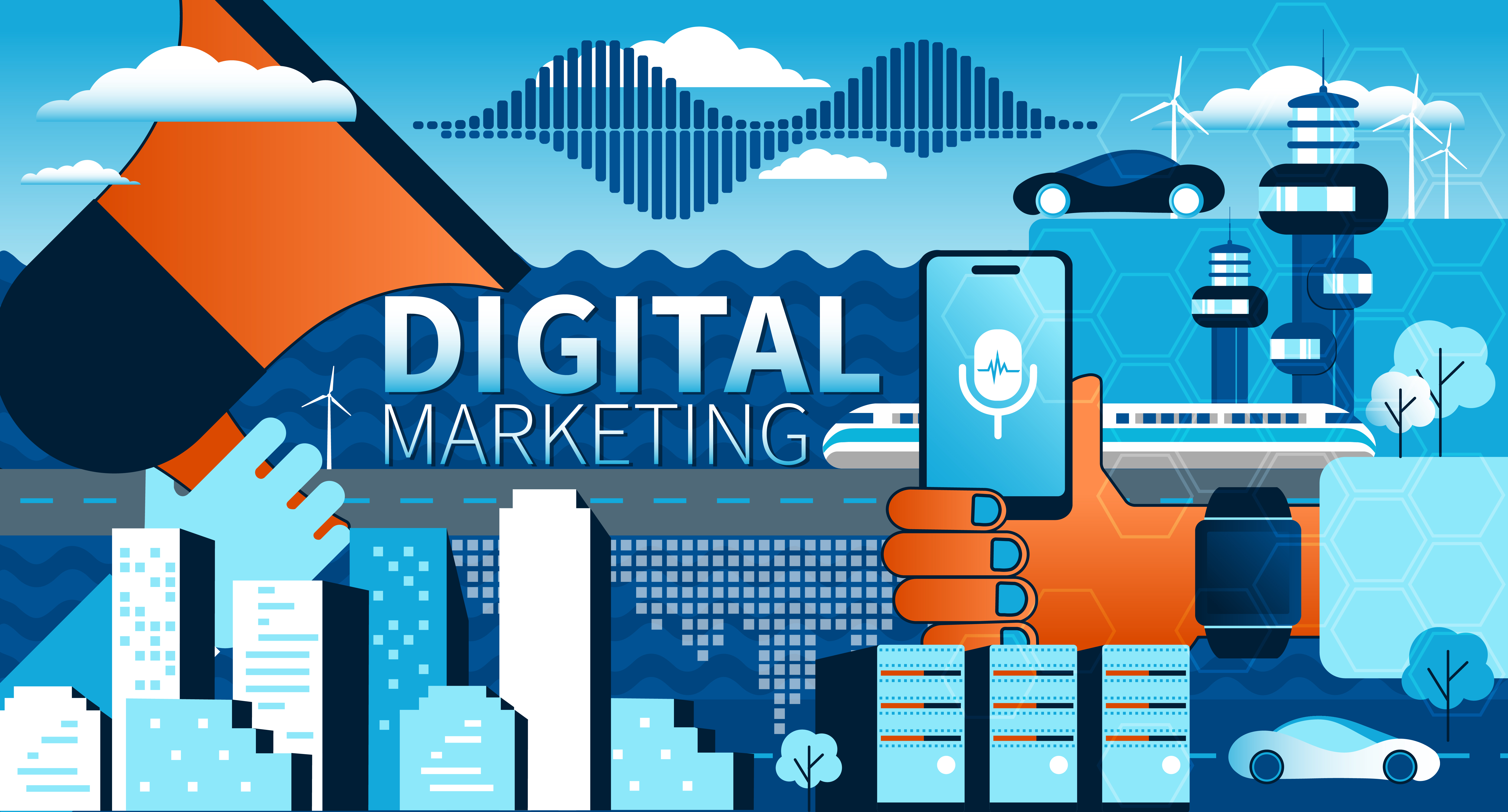About How to Use Heat Mapping Tools to Improve Your Website's User Experience

Security is a critical element to consider when it happens to website growth. As even more and additional company activities are being performed online, websites have come to be prime aim ats for cybercriminals. The repercussions of a successful assault can easily be devastating, ranging coming from reduction of sensitive information to credibility and reputation harm. Therefore, it's vital to have the ideal safety and security resources in place to protect your website and your on the internet website visitors. In this article, we'll review the five must-have safety and security devices for your website.
1. SSL Certificate
An SSL (Secure Sockets Layer) certification encrypts record that passes between internet servers and web web browsers, thereby defending delicate relevant information like usernames, passwords, credit rating memory card details, and various other private relevant information from interception by unauthorized people or courses. It's an important resource that aids construct count on along with your website website visitors and always keeps them secure while browsing or creating transactions on your internet site.
Google has been pressing for HTTPS fostering since 2014 by ranking HTTPS sites much higher in search end result than HTTP web sites. Additionally, contemporary internet browsers present alerts when consumers try to access non-HTTPS web sites or those with invalid SSL certificates.
2. Internet Application Firewall (WAF)
A WAF is a safety tool that filters out malicious visitor traffic before it hits a web hosting server or app responsible for it. It works by examining incoming demands located on predefined policies and designs and shutting out those that match understood strike signatures or irregularities.
A WAF may shield against a variety of attacks such as SQL treatment, cross-site scripting (XSS), cross-site ask for imitation (CSRF), file addition attacks, and others.
3. Malware Scanner
Malware recommends to any sort of software designed to harm computer system devices or networks without the manager's approval. It consists of viruses, worms, Trojans horses, ransomware, spyware among others.
A malware scanning device checks all data on the hosting server for known malware signatures or questionable behaviors like outbound hookups or system adjustments that indicate an disease attempt.
4. Two-Factor Authentication (2FA)
2FA is a protection device that demands individuals to offer two types of id to access a company or app. It typically includes something the individual recognizes (password) and something they have (a token or physical gadget).
By including an added level of security, 2FA minimizes the risk of unapproved access due to security password fraud, phishing attacks, or brute-force attacks.
5. Look At This Piece and Recovery
Backup and healing are important components of any type of website security strategy. They allow you to recuperate information in the event of a security breach, record loss, or equipment breakdown.
A backup should include all critical data and databases on the web server and be stashed in an offsite site for easy access in scenario of a catastrophe.
Final thought

In verdict, getting your website is no a lot longer extra but a important step to safeguard your organization's track record and your consumers' record. The five tools we've gone over - SSL certification, WAF, malware scanner, 2FA, and backup/healing - are must-have components for any sort of website security strategy. By carrying out them accurately and keeping them up-to-date with regular maintenance jobs like patching or upgrading variations as needed, you can significantly decrease your exposure to cyber dangers.
